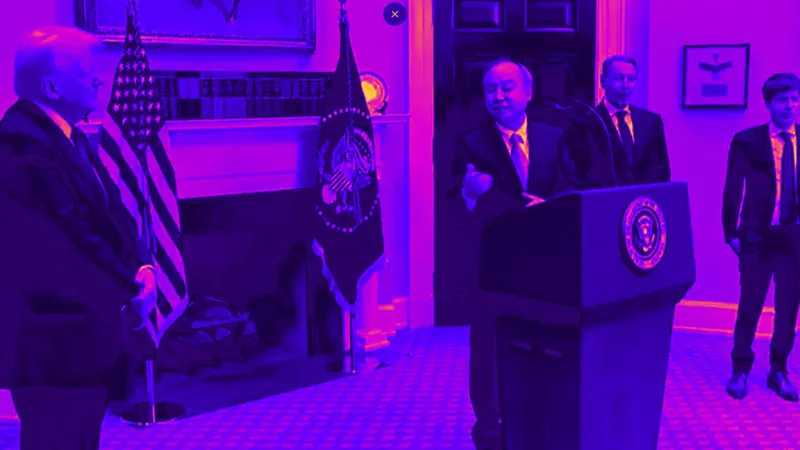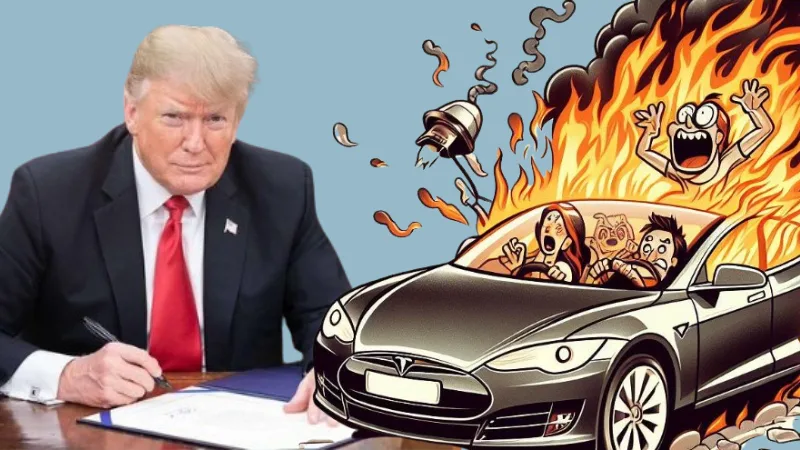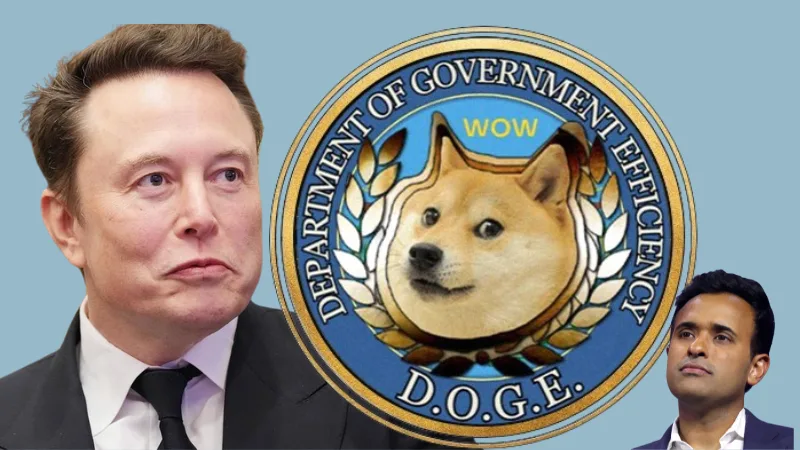In a recent interview with NBC News’ Meet the Press, President-elect Donald Trump revealed he has no intention of replacing Federal Reserve Chair Jerome Powell before the end of Powell’s term in May 2026. This announcement marks a notable shift in tone compared to Trump’s previous criticism of Powell during his first term.
A History of Tensions
Jerome Powell, appointed by Trump in 2018, faced sharp criticism from the former president for raising interest rates. Trump believed these actions restrained economic growth and hindered the performance of the stock market. At the height of their tensions, Trump publicly contemplated whether Powell could be legally removed from his role, describing him as an “enemy” for his monetary policy decisions.
Despite these challenges, Powell maintained the Federal Reserve’s independence, consistently emphasizing that the central bank’s decisions were guided by data and long-term economic stability rather than political pressure.
Trump’s Current Position
When asked about Powell in his recent interview, Trump stated, “No, I don’t think so. I don’t see it,” signaling his intention to leave Powell in place. Trump acknowledged the unique legal framework that protects Federal Reserve Chairs from removal without cause, saying, “If I told him to [leave], he would. But if I asked him to, he probably wouldn’t.”
The Fed’s Role in Economic Policy
Under Powell’s leadership, the Federal Reserve has prioritized curbing inflation by raising interest rates, a policy that has drawn mixed reactions. While these measures have helped stabilize prices, they’ve also slowed certain sectors of the economy, such as real estate and consumer spending. Trump, on the other hand, has vowed to lower borrowing costs and mortgage rates, setting the stage for potential policy conflicts.
Trump’s focus on stimulating economic growth could clash with Powell’s approach if inflationary pressures persist. Analysts suggest that while Trump’s decision to keep Powell signals stability for financial markets, future disagreements over monetary policy are likely.
Powell’s Leadership and Legacy
Jerome Powell’s tenure as Fed Chair has been marked by significant economic challenges, including:
- Navigating the COVID-19 Pandemic: Powell’s leadership during the pandemic included unprecedented monetary easing, slashing interest rates to near-zero levels, and implementing large-scale asset purchases to stabilize markets.
- Inflation Control: Over the past two years, Powell has shifted to combating inflation, implementing a series of aggressive interest rate hikes to rein in price increases.
- Preserving Independence: Despite political pressure, Powell has remained steadfast in protecting the Federal Reserve’s independence, a key factor in maintaining the credibility of U.S. monetary policy.
Implications for Markets and Policymakers
For Investors:
Trump’s decision to retain Powell is expected to reassure markets, as it signals continuity in monetary policy leadership. This stability is crucial at a time when the economy faces uncertainty from global factors such as geopolitical tensions and slowing growth in major economies.
For Policymakers:
The relationship between the White House and the Federal Reserve will be closely scrutinized. While Trump’s decision reflects respect for institutional norms, his ambitious economic agenda—including tax cuts and deregulation—may lead to friction with the Fed over interest rate policy.
Conclusion
Trump’s decision to retain Powell underscores a recognition of the Fed Chair’s importance in steering the economy through complex challenges. While the move may reduce immediate concerns about political interference, the contrasting priorities of Trump’s administration and Powell’s Federal Reserve could lead to future debates about the role of monetary policy in achieving economic growth.
For now, Powell’s position appears secure, offering a measure of predictability for markets and policymakers alike. However, as Trump’s economic policies take shape, the dynamic between the White House and the Federal Reserve will undoubtedly remain a critical factor influencing the U.S. economy.






